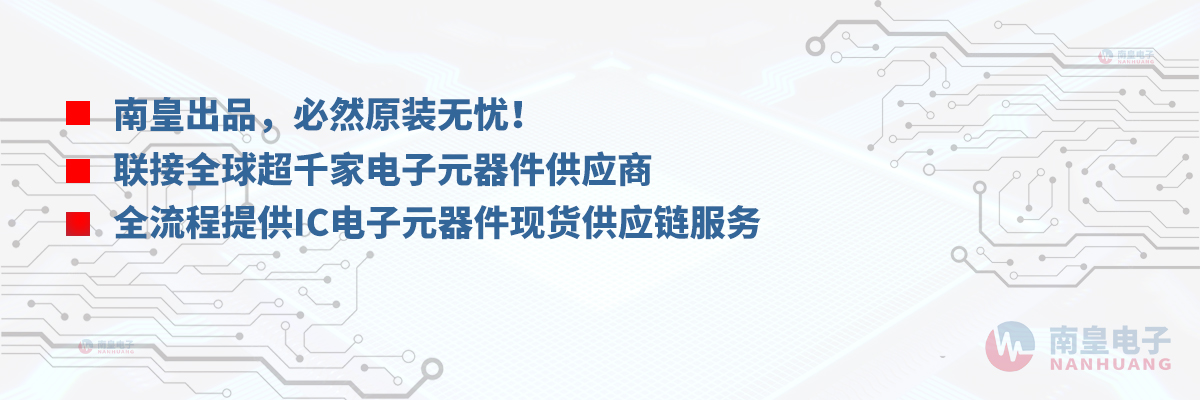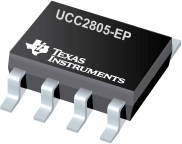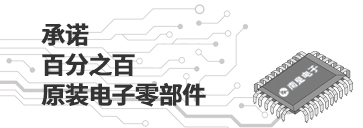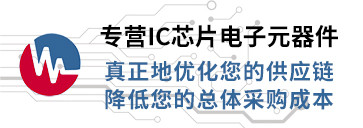

UCC2805-EP是TI公司的一款PWM与谐振控制器产品,UCC2805-EP是增强型产品低功耗 Bicmos 电流模式 Pwm,本页介绍了UCC2805-EP的产品说明、应用、特性等,并给出了与UCC2805-EP相关的TI元器件型号供参考。
UCC2805-EP - 增强型产品低功耗 Bicmos 电流模式 Pwm - PWM与谐振控制器 - 离线隔离型DC/DC控制器和转换器 - TI公司(Texas Instruments,德州仪器)
The UCC2800/1/2/3/4/5 family of high-speed, low-power integrated circuits contain all of the control and drive components required for off-line and dc-to-dc fixed frequency current-mode switching power supplies with minimal parts count.
These devices have the same pin configuration as the UC2842/3/4/5 family and also offer the added features of internal full-cycle soft start and internal leading-edge blanking of the current-sense input.
The UCC2800/1/2/3/4/5 family offers choice of maximum duty cycle and critical voltage levels. Lower reference parts such as the UCC2803 and UCC2805 fit best into battery operated systems, while the higher reference and the higher UVLO hysteresis of the UCC2802 and UCC2804 make these ideal choices for use in off-line power supplies.
- Controlled Baseline
- One Assembly
- One Test Site
- One Fabrication Site
- Extended Temperature Performance of –55°C to 125°C
- Enhanced Diminishing Manufacturing Sources (DMS) Support
- Enhanced Product Change Notification
- Qualification Pedigree
- ESD Protection Exceeds 200 V Using Machine Model (C = 200 pF, R = 0)
- 100 µA Typical Starting Supply Current
- 500 µA Typical Operating Supply Current
- Operation to 1 MHz
- Internal Soft Start
- Internal Fault Soft Start
- Internal Leading-Edge Blanking of the Current Sense Signal
- 1 Amp Totem-Pole Output
- 70 ns Typical Response from Current-Sense to Gate Drive Output
- 1.5% Tolerance Voltage Reference
- Same Pinout as UC3842 and UC3842A
Component qualification in accordance with JEDEC and industry standards to ensure reliable operation over an extended temperature range. This includes, but is not limited to, Highly Accelerated Stress Test (HAST) or biased 85/85, temperature cycle, autoclave or unbiased HAST, electromigration, bond intermetallic life, and mold compound life. Such qualification testing should not be viewed as justifying use of this component beyond specified performance and environmental limits.







